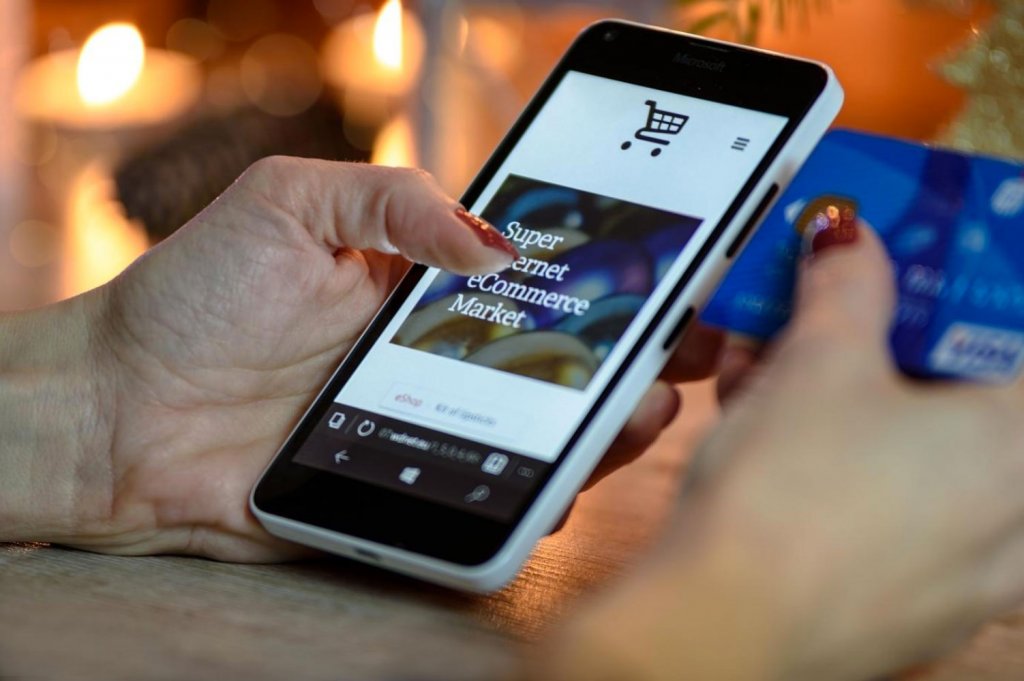Last Updated on December 9, 2020 by Paul
 The latest statistics show that around 70% of all shopping carts end up abandoned during online checkout. Those are pretty worrying figures for anyone running an eCommerce store, but particularly so for small to medium-sized businesses.
The latest statistics show that around 70% of all shopping carts end up abandoned during online checkout. Those are pretty worrying figures for anyone running an eCommerce store, but particularly so for small to medium-sized businesses.
Why are so many checkouts failing to close on those crucial sales? There are a whole host of reasons shoppers decide to give up at the final hurdle. A recent survey sheds light on some of them. The four of the main motivations behind those poor, forsaken purchases include:
- Unexpected additional costs
- Being forced to create a user account
- Being faced with a complex checkout process
- Not being able to view the order’s total cost upfront
But what online retailers do about it? To put it simply, as will all web businesses, online shops need to focus on improving their customer’s user experience.
Positive user experience not only encourages shoppers to carry on and complete their purchase, but it also inspires them to spread the word about your business.
So how can you avoid the pitfalls and maximize your chances of being talked about for the right reasons? Here are four of our top tips for avoiding checkout drop-off, bagging more customers, and bring in more revenue for your online business.
Make Your Costs Clear
One of the key reasons people jump ship mid-purchase is an inability to see all the costs upfront.
Think about it. You’ve gone to all of the efforts of browsing tens or sometimes even hundreds of products, gathered a careful selection, calculated your costs, and then… VAT, payment method charges, extortionate delivery rates, and other hidden fees jump out to spoil your party.
Your customers are then faced with a choice:
- Lose some products to stay within budget, which forces them to weigh up their options all over again
- Pay the extra costs but be secretly disgruntled about it
- Get in a huff and take their business elsewhere
Since none of these options are preferable to an online retailer, it’s best to simply be upfront in the first place.
If this could be the cause of your abandoned shopping-cart woes, you should show all additional charges as soon as a customer adds an item to their basket. When shoppers know all their costs from the get-go, they will finish the task and come back time and again.
Avoid Customer Registration At All Costs

Online stores that require shoppers to complete an account registration before checking out are putting themselves at a disadvantage. Stores that allow shoppers to make purchases ‘as a guest’ are much more accessible and, therefore, much more likely to maximize sales.
It’s true that retailers can benefit from amassing databases of client information. It allows you to connect with your customers through marketing post-purchase. But is it really worth it? Remember:
- People get too many subscription communications and often unsubscribe
Connecting with them on social media is an equally cost-effective way to stay in touch
Don’t Ask Too Much
That being said, you do want to offer repeat customers the option of using saved personal data to complete their checkout.
The best way to do this is by offering the option to register. Don’t worry, you’ve not slipped into a parallel universe where you have to somehow both do and not do the same thing at once. Rather than requiring registration to complete a purchase, simply offer the option for your shoppers to save their details by creating an account post-buy.
We’ve probably all shuddered at being faced with yet another empty form on the internet. So make it as easy for people to come back to you as possible and keep the form simple.
- Focus on obligatory information, e.g. address for quick shipping cost calculations, payment information, or even a quick-purchase set-up similar to Amazon’s ‘one-click’
- Don’t overdo it! You don’t need the names and email addresses of their third cousins to bring them on board, so don’t ask
Show All Of The Discounts At The Checkout
Shoppers want to be reassured that they’re getting a great deal. They’re more likely to enter their card information at the checkout if you show them just how much money they’ve saved by buying specifically from you.
- Outline all of the benefits that the customer is entitled to during the close of the sale
- Mention any discounts as well as free shipping offers and returns policies
The Importance Of A Good Checkout Process
This is perhaps the most obvious point, but bizarrely frequently the most neglected. Ask yourself, ‘is my shopping cart simple and easy to use?’
If your process contains multiple pop-ups, too many stages, or lots of in-your-face upselling pitches, the answer is probably no. To avoid the drag, keep up to date with emerging trends in eCommerce by subscribing to blogs, following thought-leaders, and reading from industry experts.
Regularly update your buying process to reflect what your customers want and what they’re used to from the big guns. It’s vital that everything is as smooth and effective as it can be.

To achieve something close to shopping-perfection try:
- eliminating all unnecessary fields
- breaking down essential questions into smaller chunks
- Using a maximum of two pop-ups throughout the process
It needn’t be difficult to persuade customers to commit to buying your products once they’ve reached your cart. Even smaller businesses, without the money and might of retail giants, can take actionable steps to improve user experience and close those sales. So go back and take a long hard look at your checkout process and make some changes today to improve your profit margins for the future.


Excellent overview of the potential problems in the check out process. I picked up a couple of good tips. Mike Drysdale, FunGiftWrap.com